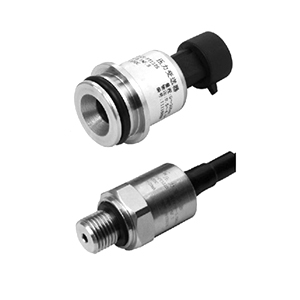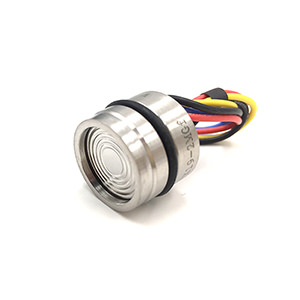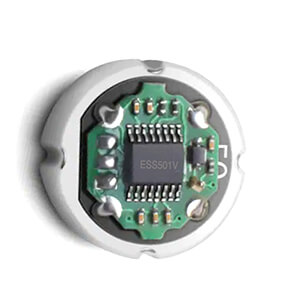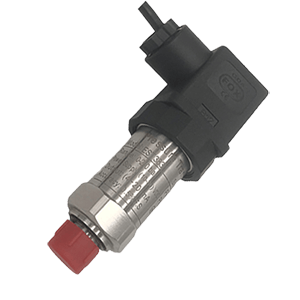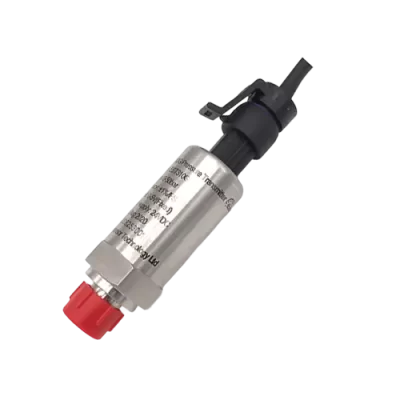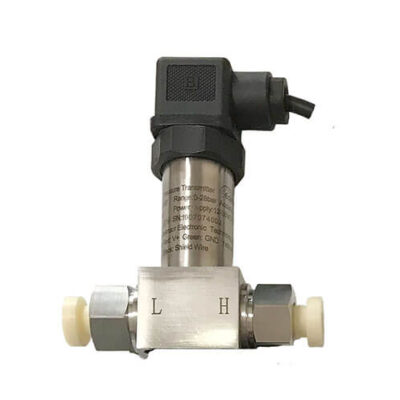What is Foundation Fieldbus
Foundation Fieldbus is a digital communication protocol used in industrial automation systems. It is specifically designed for process control applications in industries such as oil and gas, chemical, and power generation.
Foundation Fieldbus allows for real-time communication between field devices, such as sensors, actuators, and controllers, and the control system. It provides a standardized way to transmit data and control signals, enabling more efficient and reliable operation of industrial processes.
Unlike traditional analog communication methods, Foundation Fieldbus is a digital protocol that allows for bidirectional communication, enabling devices to not only transmit data but also receive instructions and commands from the control system.
This two-way communication capability enhances diagnostics, monitoring, and control capabilities, leading to improved process performance and reduced downtime.
Foundation Fieldbus uses a distributed control architecture, where intelligence is distributed across the field devices, reducing the reliance on a central control system. This decentralized approach allows for more flexibility, scalability, and easier integration of devices from different manufacturers.
At present, there are three major digital protocols that are used in process automation. These are HART, ProfiBus PA and Foundation Fieldbus H1.
Let’s take a look at how they work:
Foundation Fieldbus Protocol
The Foundation Fieldbus is a digital, serial, two-way communications system used for base-level automation in a plant or a factory. It is different from other networking technologies that are used for the same purpose. This is because it is not only a protocol used in networking; it is also a programming language that can be used to build control strategies.
The Foundation Fieldbus does not merely tell you what to do; it also tells you how to do it. Instead of being limited to a central controller, the Foundation Fieldbus system distributes control to field devices.
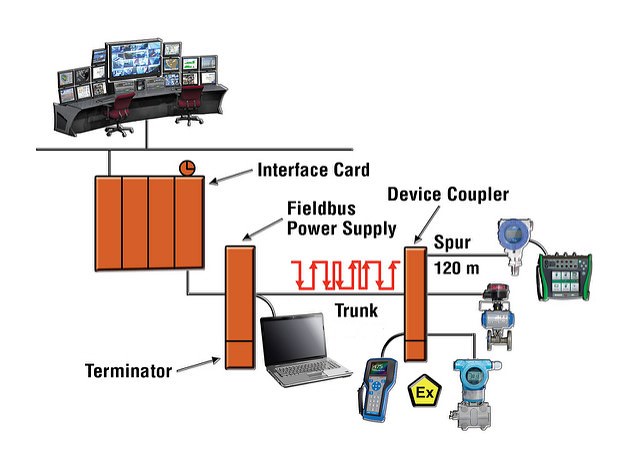
For example, the positioned Fieldbus valve usually acts as a controller for the loop it is a part of. Both the Foundation Fieldbus system and the traditional DCS systems make use of a PID controller. However, in the Foundation Fieldbus, the role of the PID controller is more sophisticated as its control can be limited to just one designated feedback loop and not any other loops. This new architecture is called the Field Control System and is an alternative to DCS. It allows for decentralized control, which is a key feature of the Foundation Fieldbus protocol.
Meant to replace the previous 4-20 mA standard, the Foundation Fieldbus now exists alongside other communication technologies such as Modbus, Industrial Ethernet, and ProfiBus. It consists of the following components:
- H1 Card: This is the interface card of the Fieldbus.
- PS: This manages the bulk power to the Fieldbus Power Supply
- FPS: Fieldbus Power Supply(FPS) and Signal Conditioner are integrated forms of power supply and conditioners.
- T: This is the Terminator Component. There are two terminators for each Fieldbus segment. One is present at the Fieldbus Power Supply and the other is present at the furthest point of the segment, near the device coupler.
- LD: The Linking Device is used with the HSE networks. Its purpose is to terminate the 4-8 H1 segments that act as a gateway to the HSE backbone network.
Other components include transducers, transmitters, etc.
HART Protocol
The HART or Highway Addressable Remote Transducer Protocol allows multiple devices to be dropped simultaneously using a single pair of wires. However, this multi-tasking capacity has not been fully utilized due to low update speeds, which are currently half a second for each device.
In most cases, HART devices are installed in a manner such that you will find them connected end to end or point to point with one pair of wires dedicated to each device. There is also a handheld communicator that is connected for maintenance and configuration.
Find out: HART Protocol EST4300 Smart Pressure Transmitter in our Shop
H1 Protocol:
The H1 protocol, also known as Foundation Fieldbus H1, is the most commonly used variant of the Foundation Fieldbus protocol. It is designed for communication with field devices such as sensors, actuators, and controllers.
The H1 protocol operates at a speed of 31.25 kbit/s and uses twisted pair cables for communication. It supports power and communication over the same cable, known as Power over Fieldbus (PoFB), eliminating the need for separate power wiring.
HSE Protocol:
The HSE protocol, also known as Foundation Fieldbus High-Speed Ethernet (HSE), is a higher-speed variant of the Foundation Fieldbus protocol. It is used for communication between control systems, engineering workstations, and other higher-level devices.
The HSE protocol operates at speeds up to 100 Mbit/s or even 1 Gbit/s, depending on the implementation. It uses Ethernet as the physical layer and supports TCP/IP communication, allowing for integration with other networked systems.
You may also interest in:

